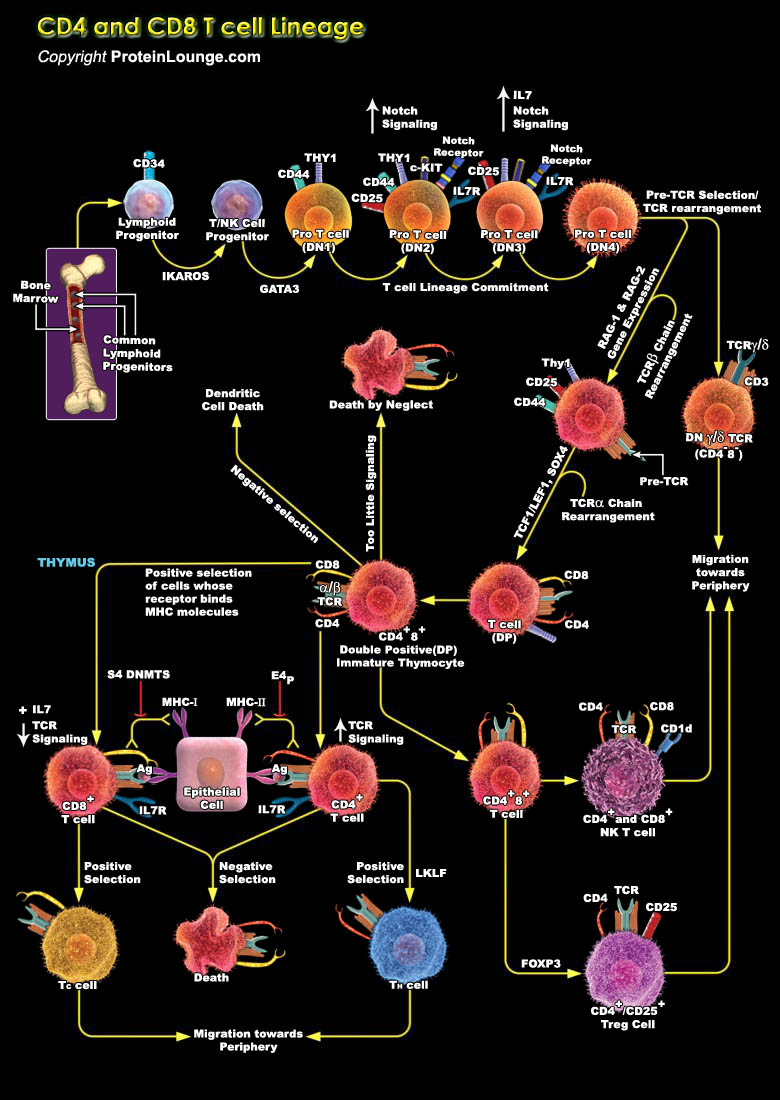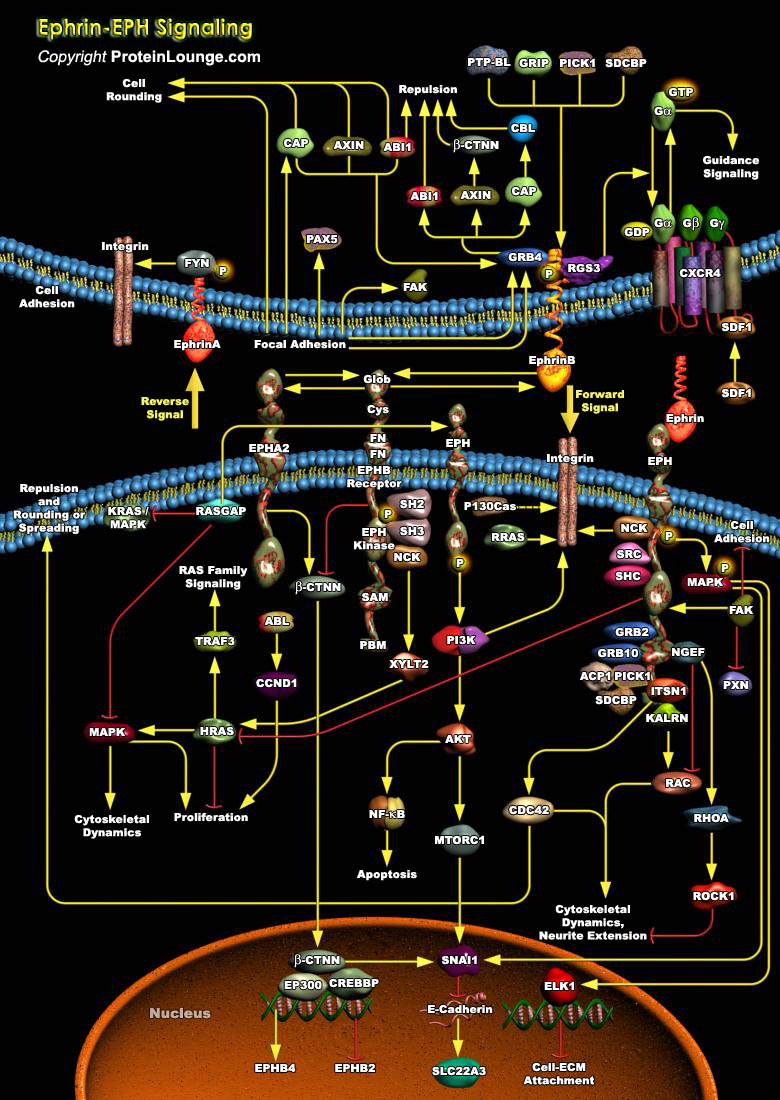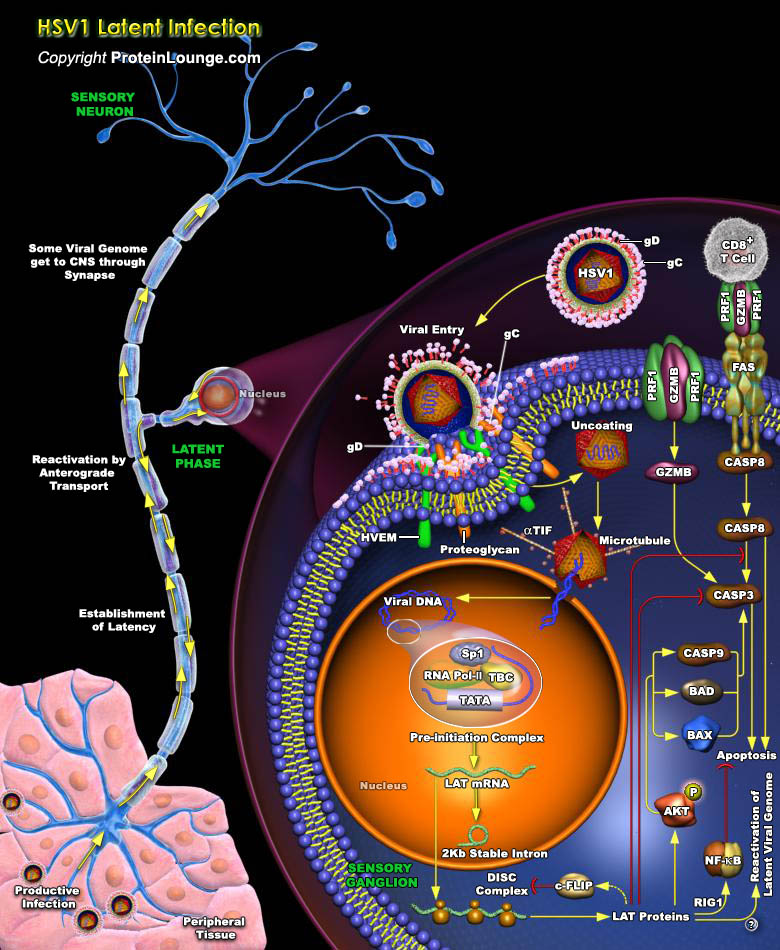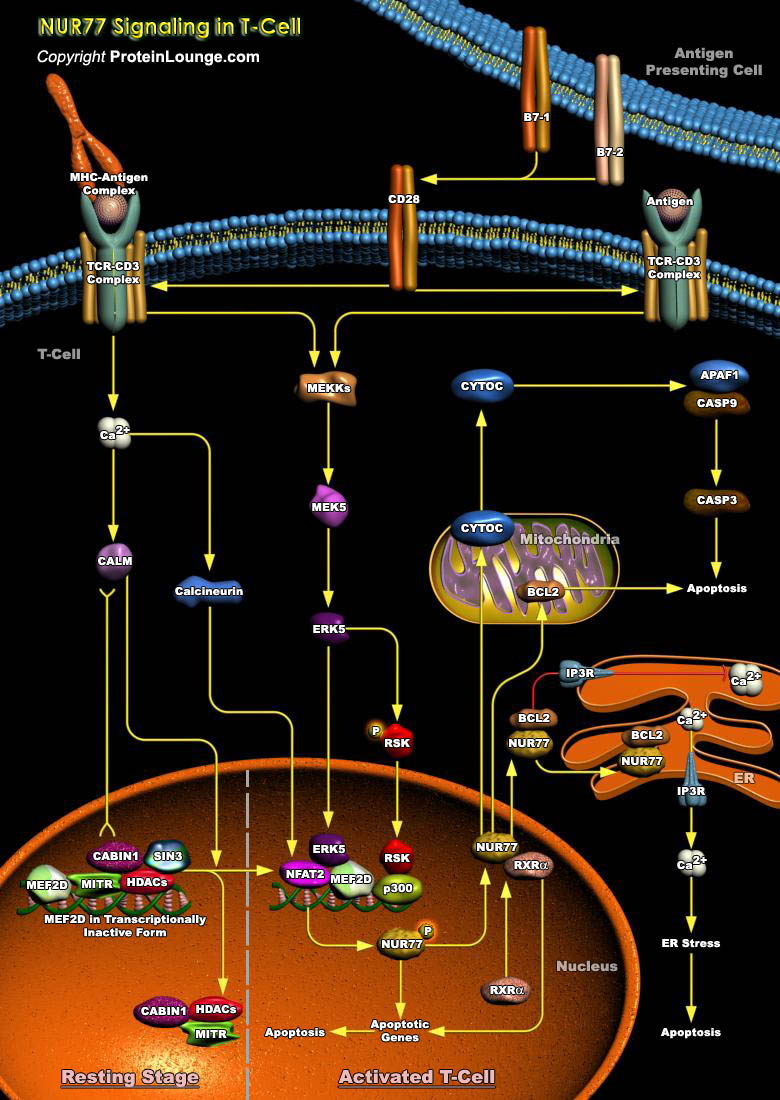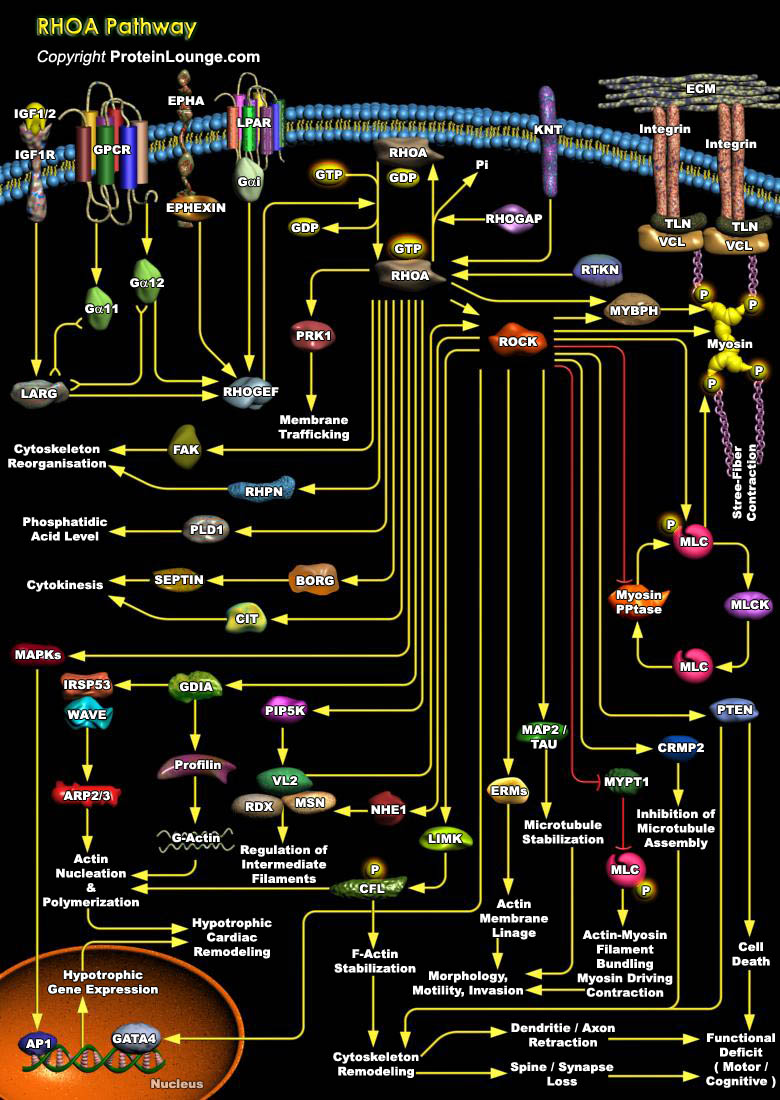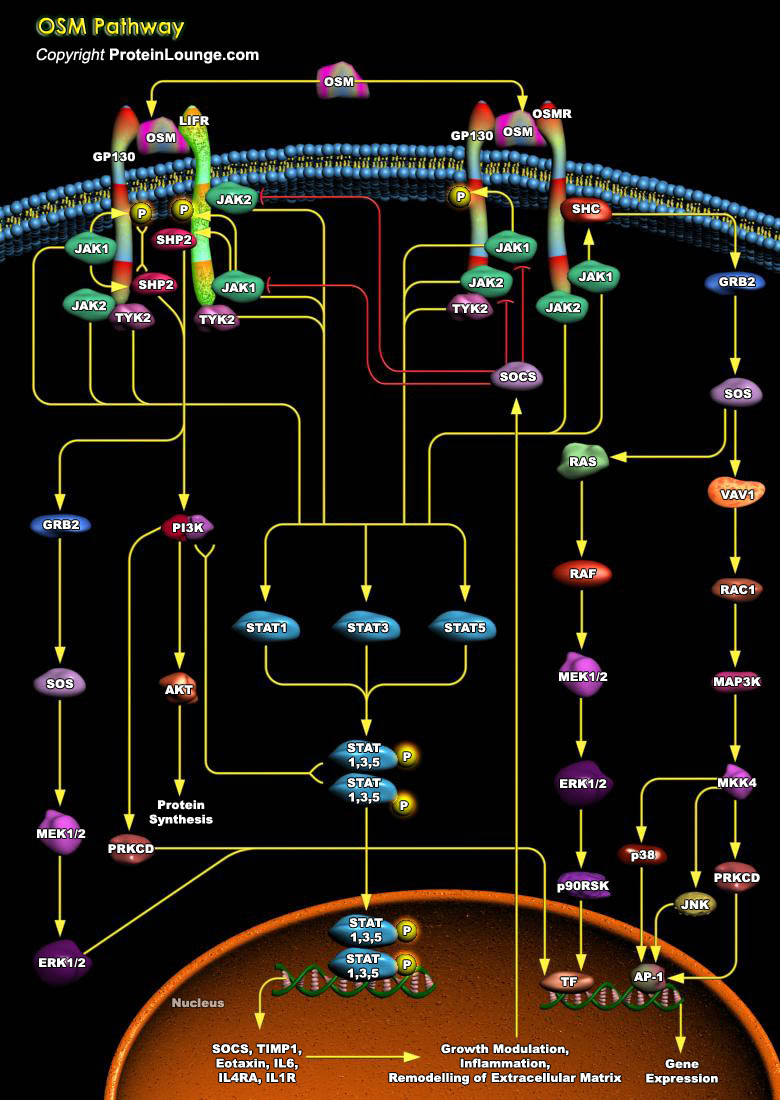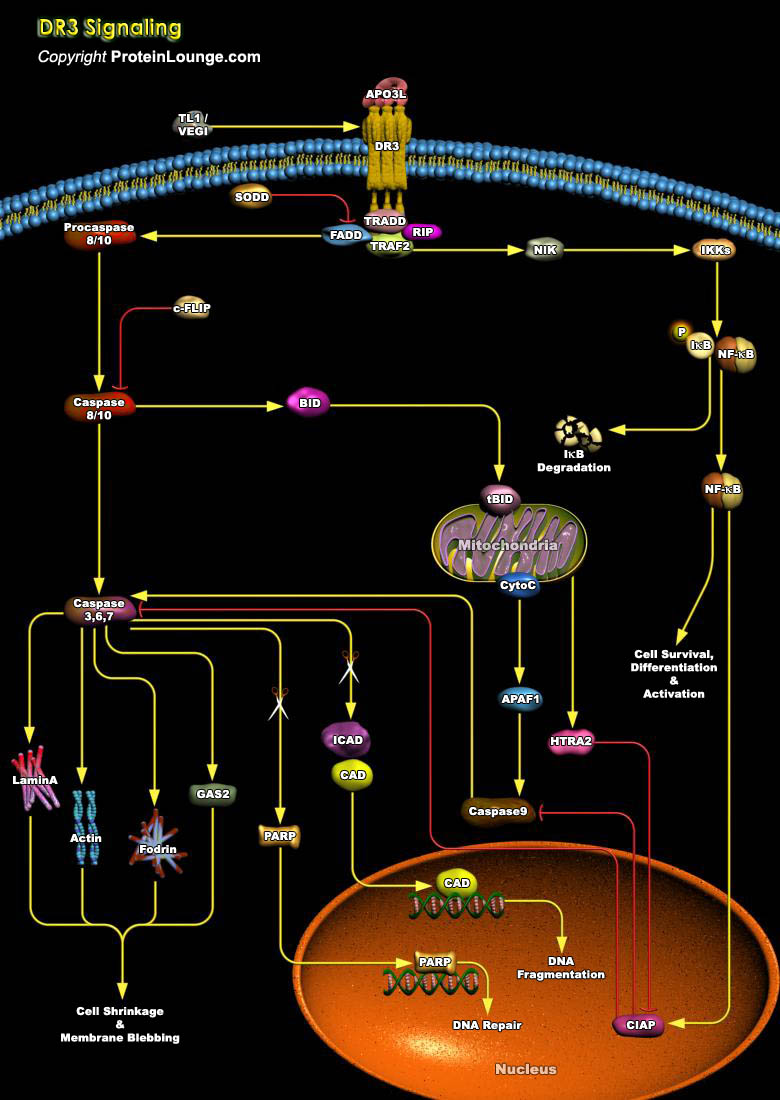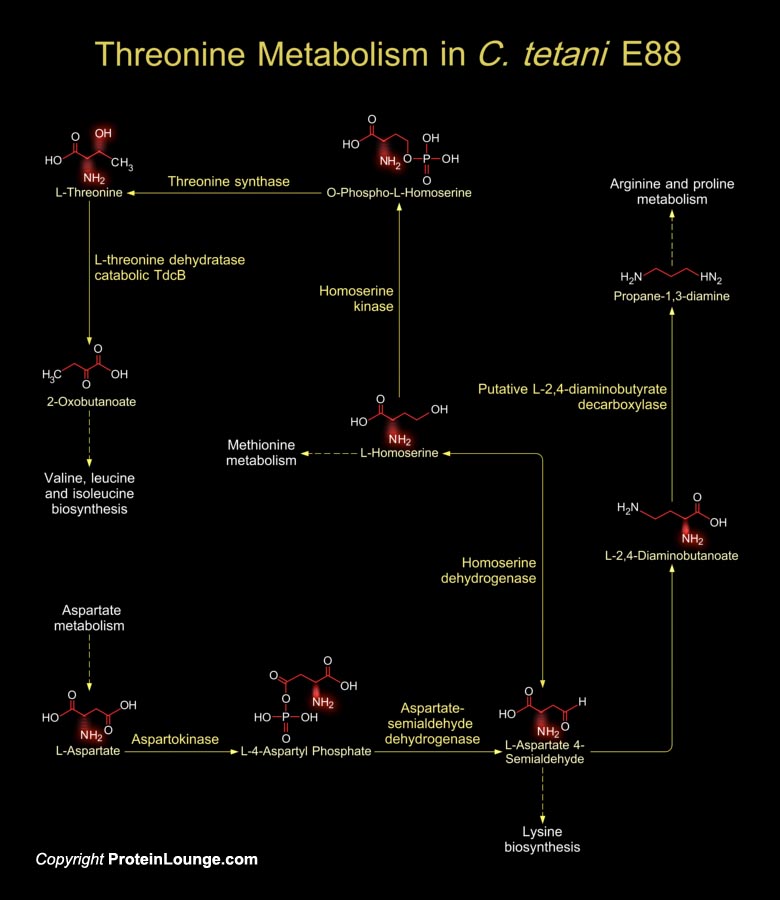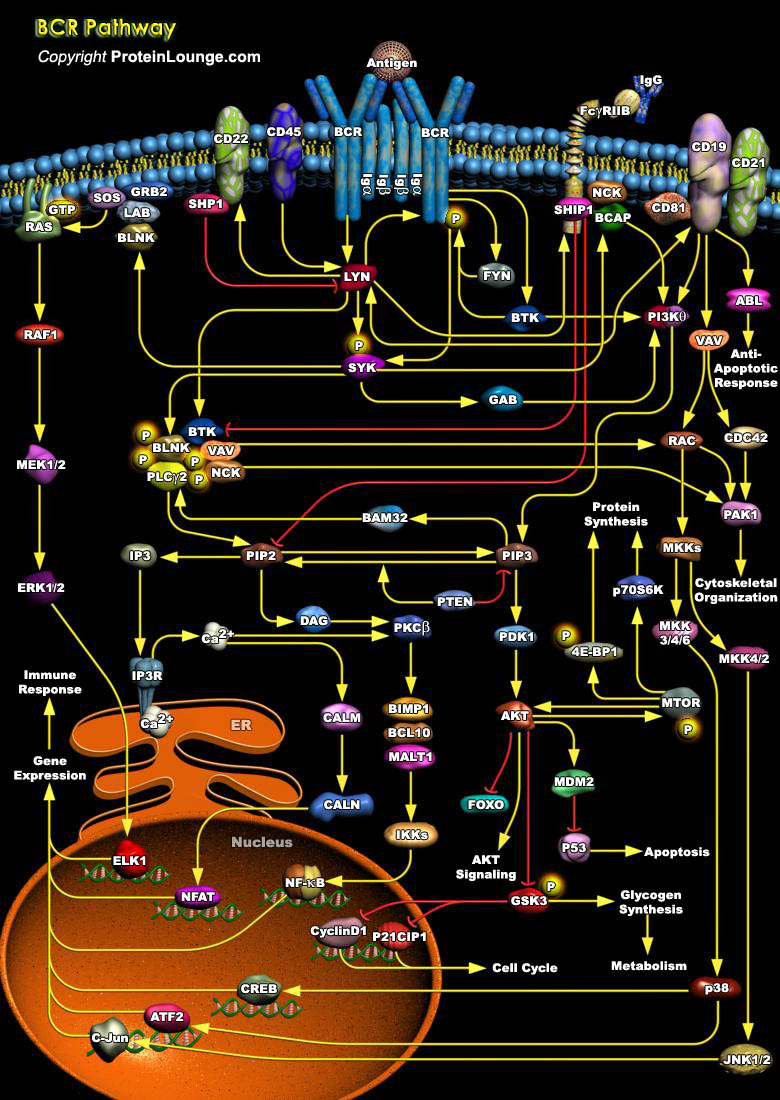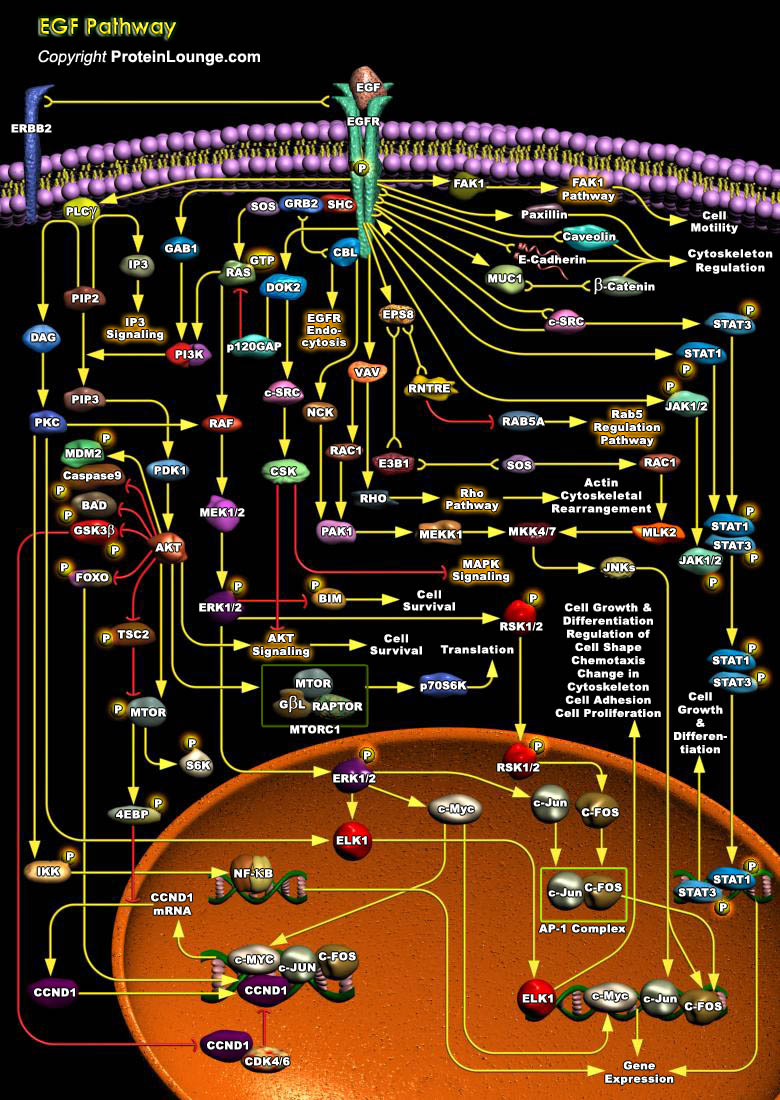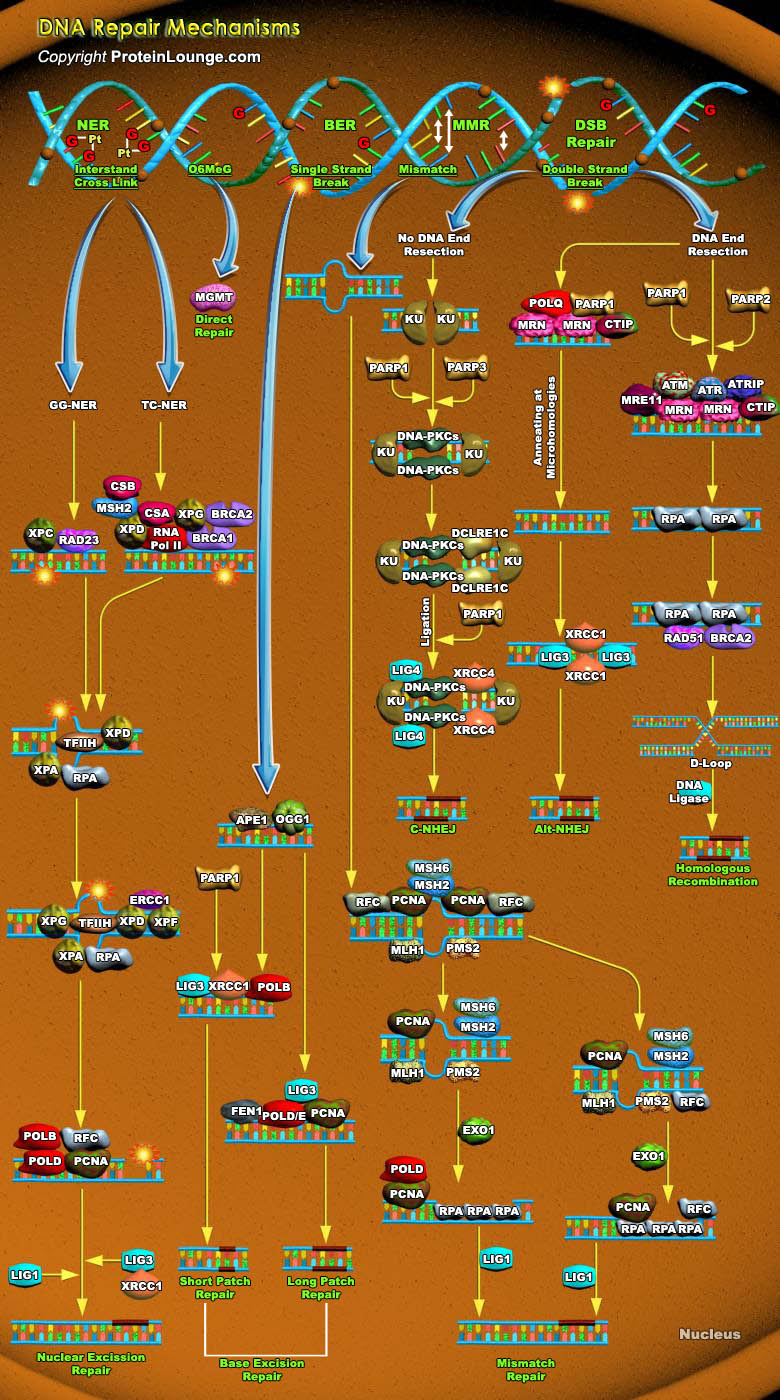Featured Pathways
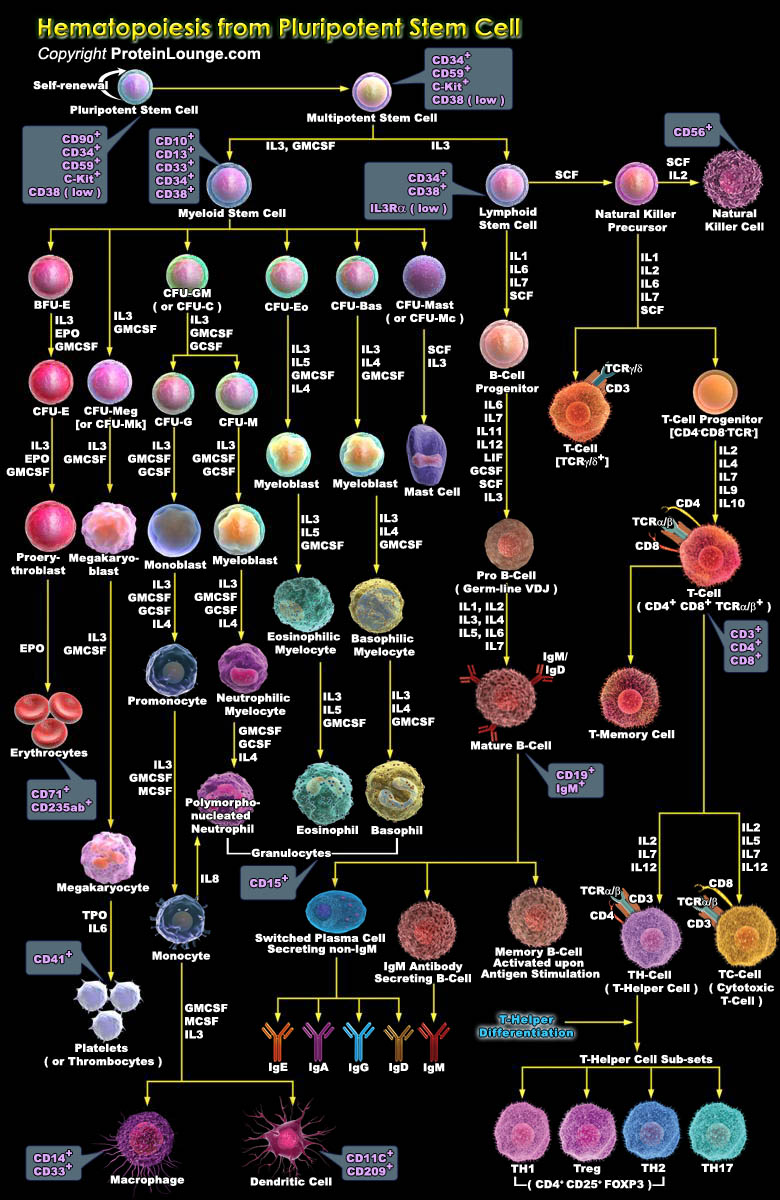
Hematopoietic Stem Cells (HSCs) have the property of self-renewal and through cell division and differentiation, form populations of progenitor cells which are committed to the main marrow cell lines; Erythroid, Granulocytic and Monocytic, Megakaryocytic and Lymphocytic. The earlier progenitor cells are multipotent but, as division and differentiation proceed, later progenitors are formed that[..]
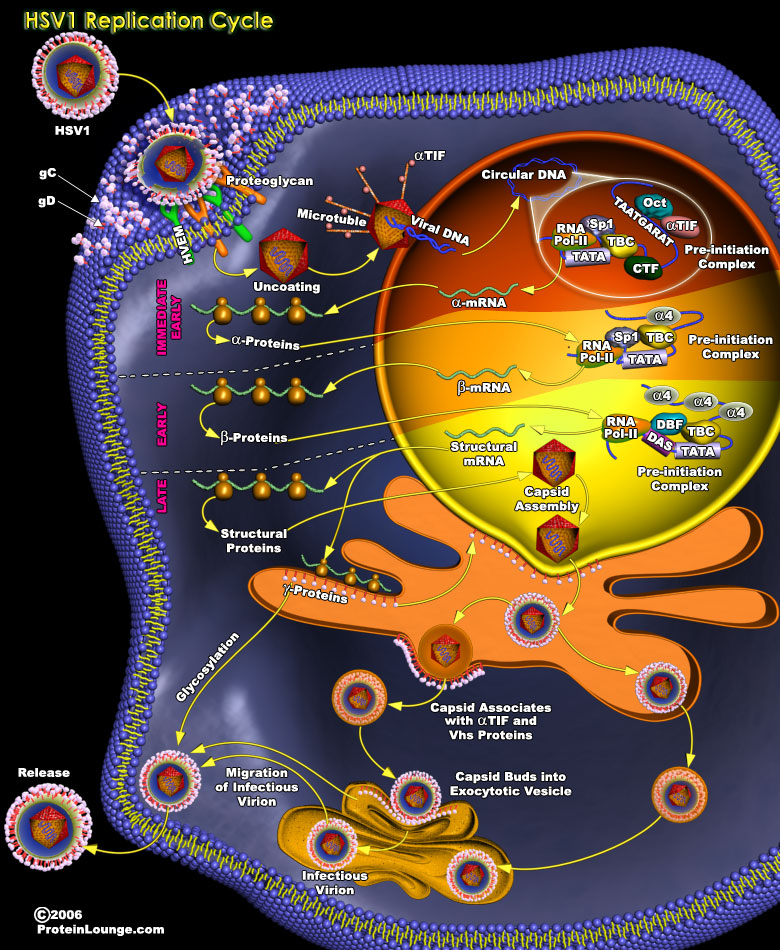
HSV1 (Herpes Simplex Virus Type-1) is a member of the Herpes group of viruses, the Herpesviridiae, which includes the important human pathogens HSV2, CMV (Cytomegalovirus), Varicella zoster Virus, EBV (Epstein-Barr Virus), HSV6 and 7, and Kaposi's associated Herpes virus, HHV8 (Human Herpesvirus-8). Of these, HSV1 has been the most extensively studied. Human is the only natural host to HSV.[..]
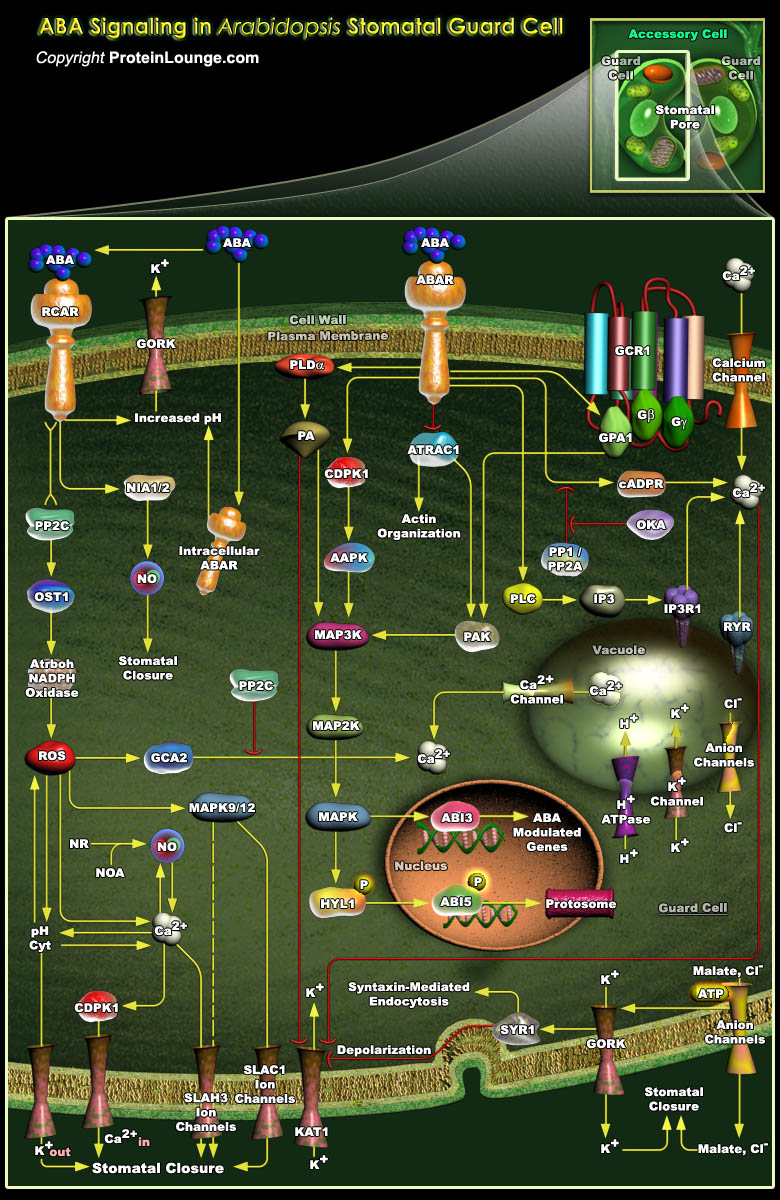
Plants have pores, Stomata, on their leaf surfaces that allow CO2 (Carbon Dioxide) in for photosynthesis and through which water evaporates. The specific cells that border and define these pores are Guard Cells. Guard Cells literally guard the size of the pore by alternately swelling, which opens the pore, or shrinking, which closes the pore. Plants must respond to a variety of[..]
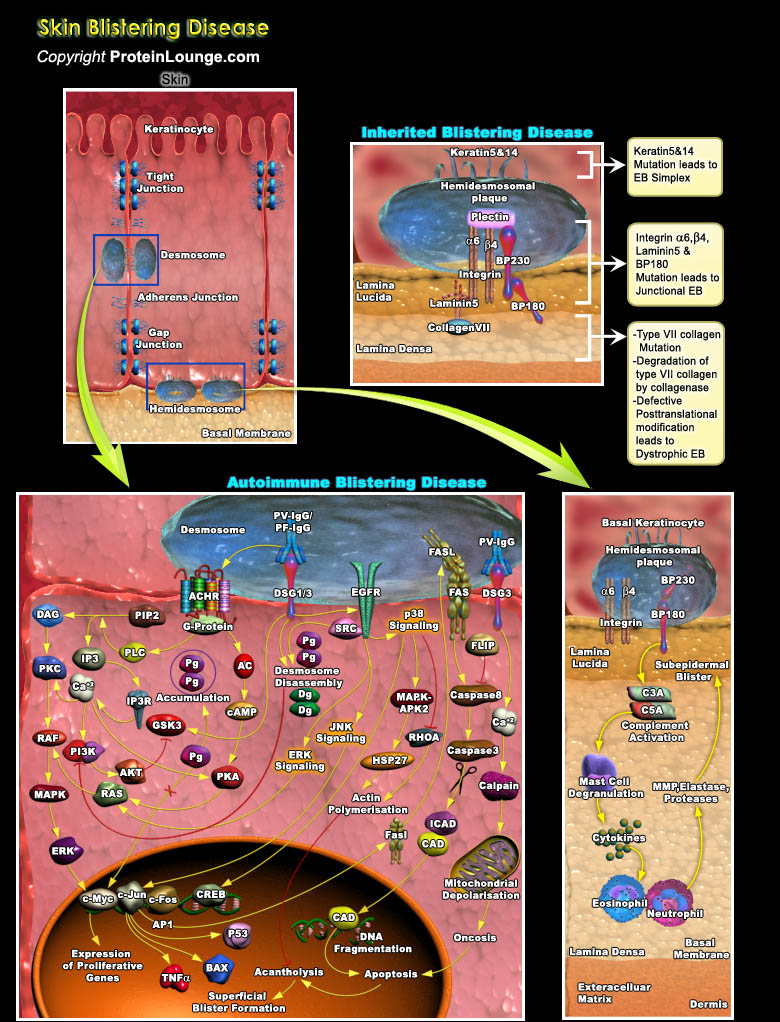
A blister (bulla) is a bubble of fluid that forms beneath a thin layer of dead skin. The fluid is a mixture of water and proteins that oozes from injured tissue. Blisters most commonly form in response to a specific injury, such as a burn or irritation, and usually involve only the topmost layers of skin. These blisters heal quickly, usually without leaving a scar. Blisters that develop as[..]
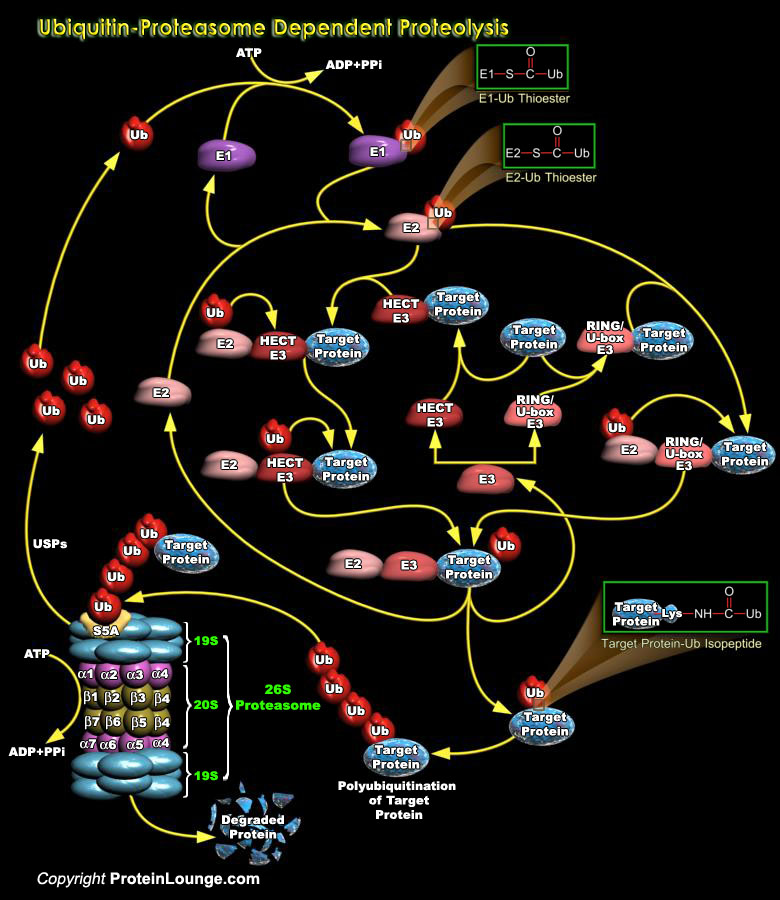
The Proper functioning of a cell requires careful control of the levels of important structural proteins, enzymes, and regulatory proteins. Protein molecules are continuously synthesised and degraded in all living organisms. The concentration of individual cellular proteins is determined by a balance between the rates of synthesis and degradation, which in turn are controlled by a series of[..]
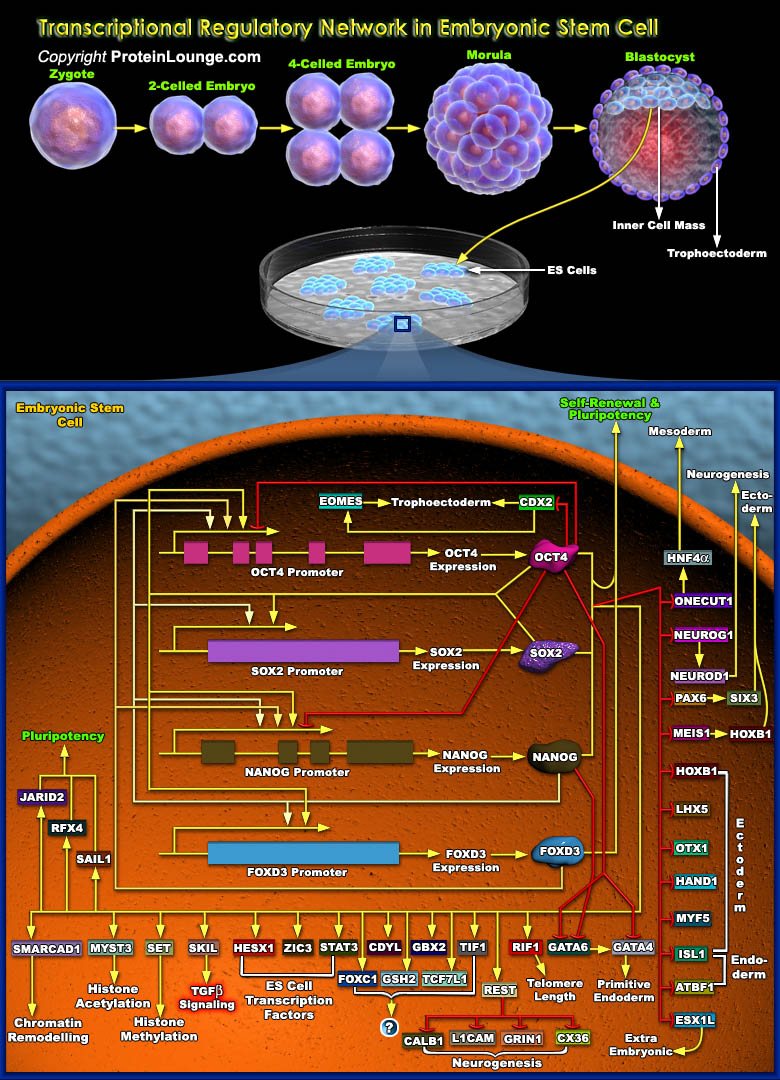
Stem Cells are undifferentiated cells that can give rise to several lineages of differentiated cell types. They are the founder cells for every organ, tissue and cell in the body. Stem cells are characterized by the ability to self-renew and maintain Pluripotency. These features allow Stem Cells to fulfill their multiple functions, namely to provide enough cells during organogenesis, to control[..]
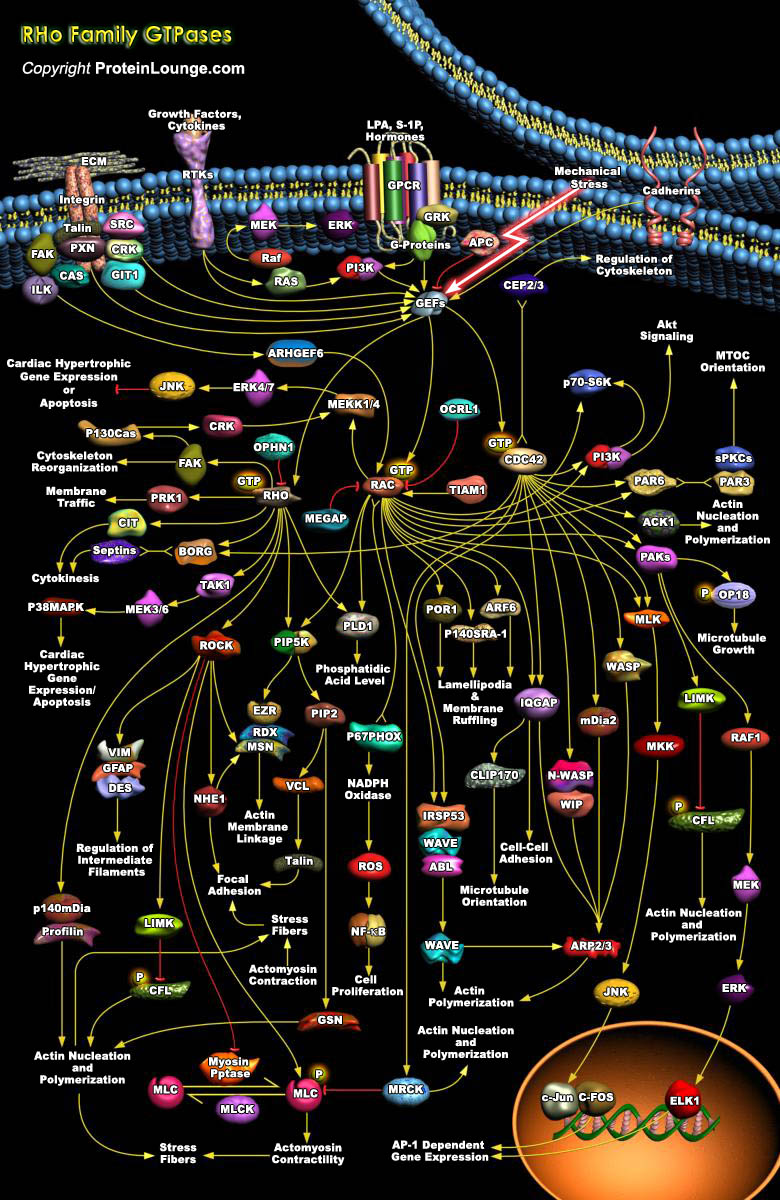
The Rho family of small GTP-binding proteins comprises a group of signaling molecules that are activated by a variety of Growth factors, Cytokines, Adhesion molecules, Hormones, Integrins, G-proteins and other biologically active substances and regulate a wide range of biological processes, including Reorganization of the Actin Cytoskeleton, Transcriptional Regulation, Vesicle Trafficking,[..]
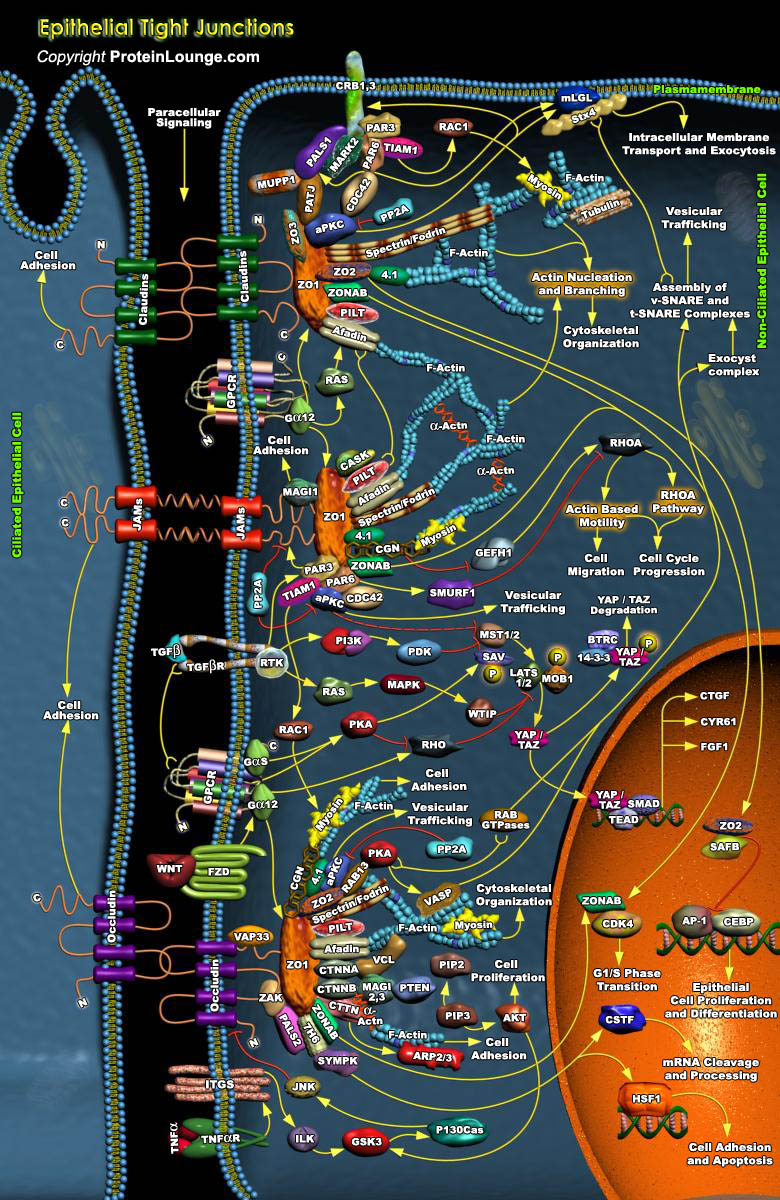
Epithelia in multicellular organisms constitute the frontier that separates the individual from the environment. Epithelia are sites of exchange as well as barriers, for the transit of ions and molecules from and into the organism. Epithelial cells achieve this by providing cellular borders that cover external and internal surfaces throughout the body. Complexes between adjacent cells include Gap[..]
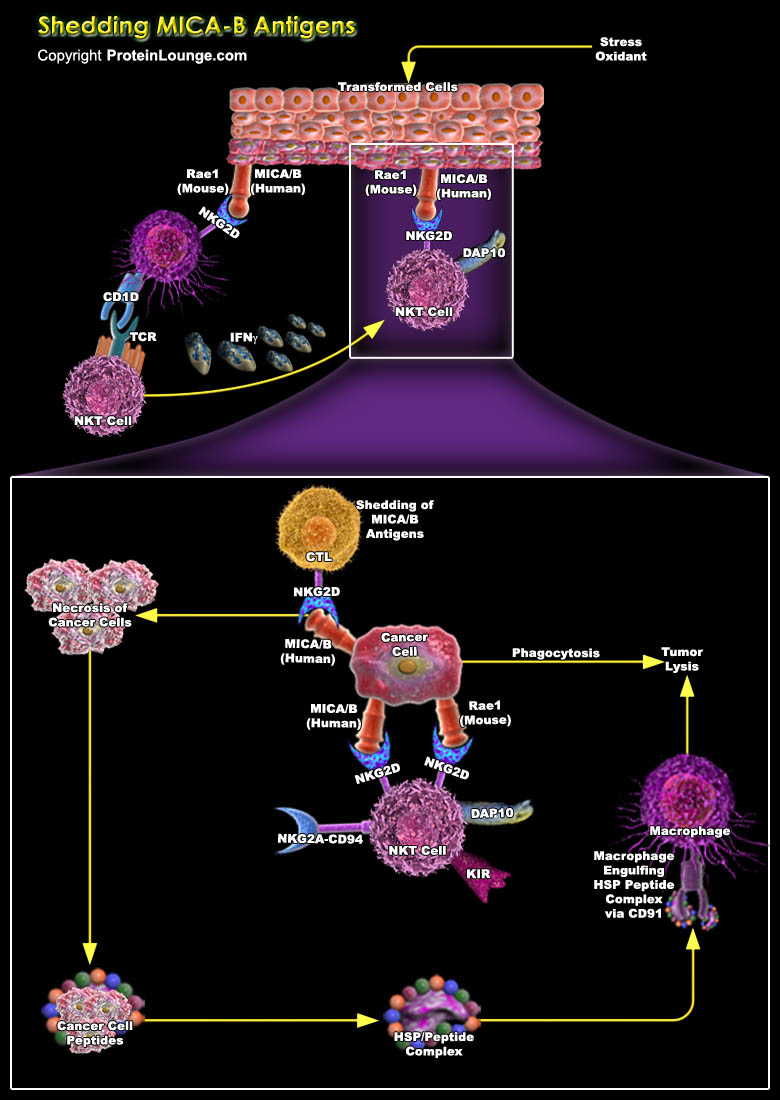
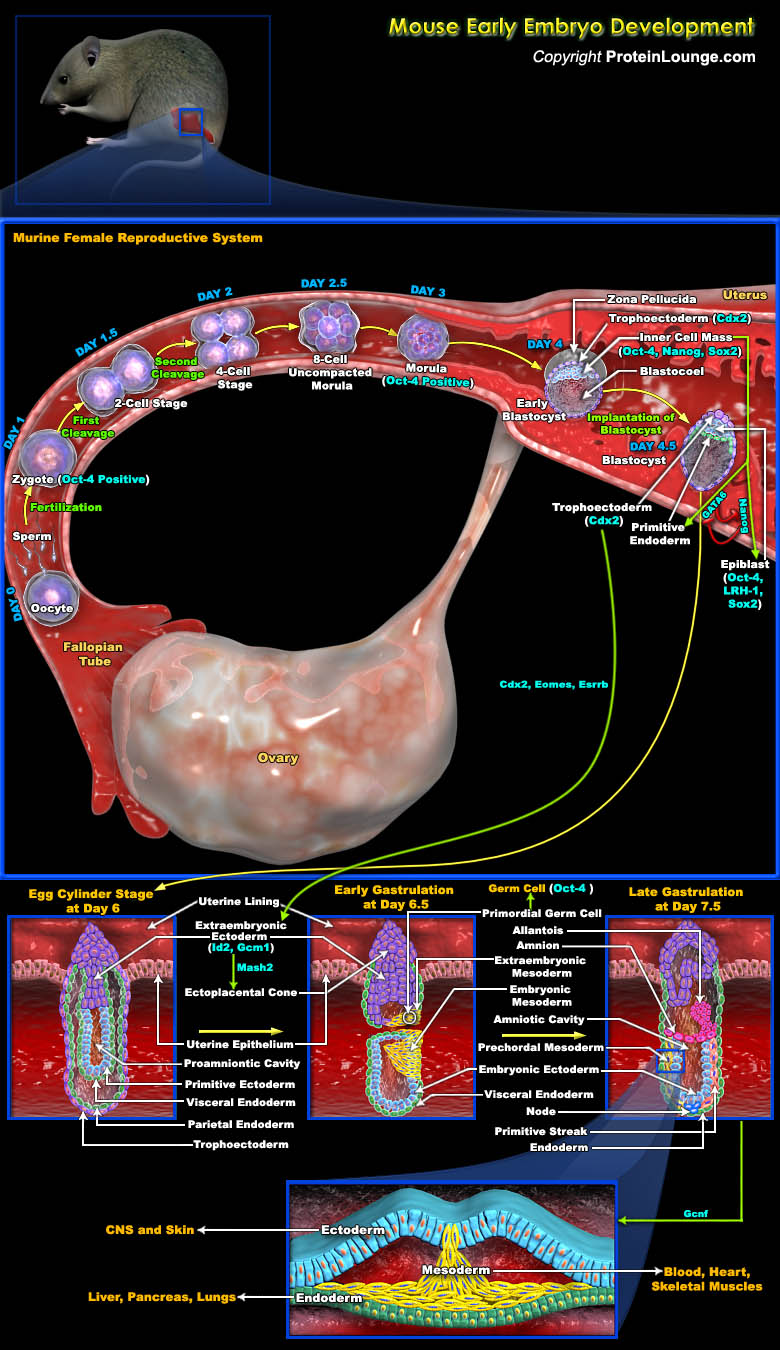
Embryonic development is the generation of a multicellular organism from a single cell. During this process, tissues and organs are differentiated and positioned at different parts of the organism. In animals, Embryonic development consists of 4 stages: Cleavage, Patterning, Differentiation and Growth. Mammalian Cleavage is strikingly different from most other patterns of Embryonic cell[..]
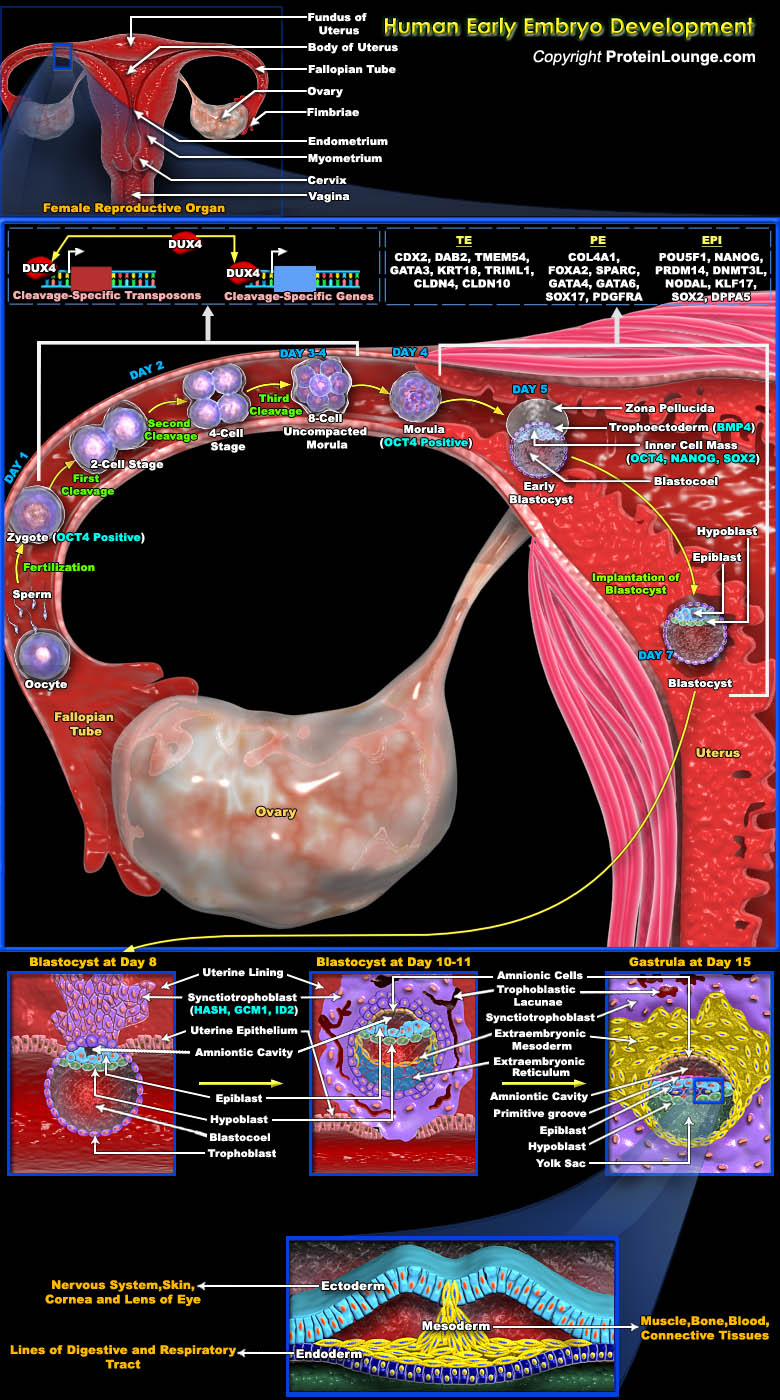
An Embryo is a multicellular diploid eukaryote in its earliest stage of development, from the time of first cell division until birth, hatching, or germination. In Humans, it is called an Embryo from the moment of Fertilization until the end of the 8th week of gestational age, whereafter it is instead called a Fetus. In organisms that reproduce sexually, once a Sperm fertilizes an Egg cell,[..]
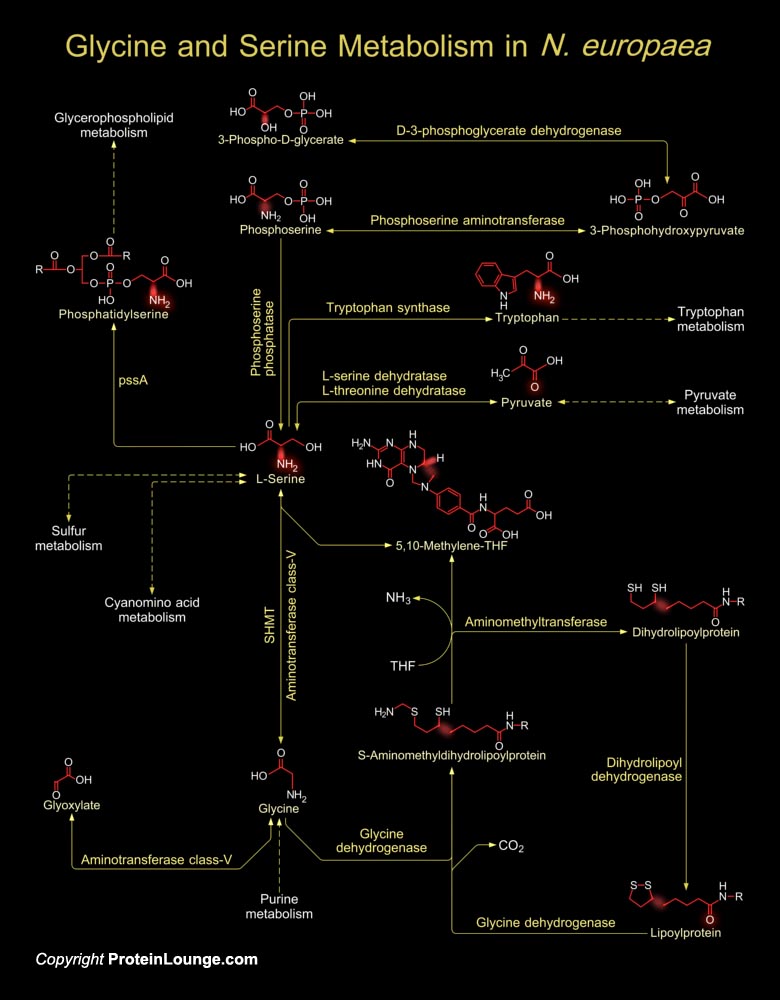
Nitrosomonas europaea is a gram-negative obligate chemolithoautotroph that can derive all its energy and reductant for growth from the oxidation of ammonia to nitrite. Nitrosomonas europaea participates in the biogeochemical N cycle in the process of nitrification. Its genome consists of a single circular chromosome of 2,812,094 bp. The cell's demand for carbon has[..]









